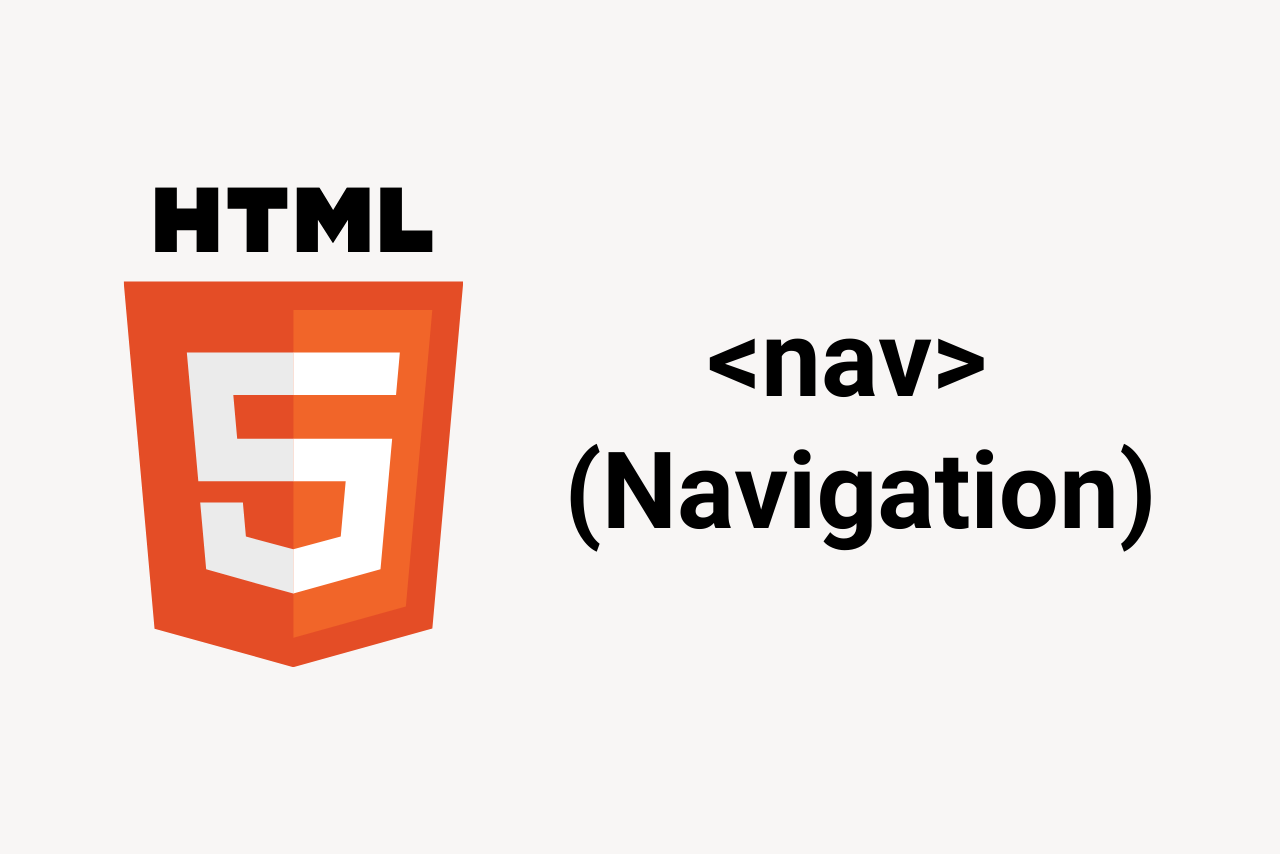HTML Topics
HTML (Hyper Text Markup Language)
Meaning of HTML Tags
| HTML Tag | Meaning | HTML Tag | Meaning |
|---|---|---|---|
| <html> | Hyper Text Markup Language | <q> | Quote |
| <p> | Paragraph | <h1>…<h6> | Heading 1…6 |
| <li> | List Item | <var> | Variable |
| <ol> | Ordered List | <nav> | Navigation |
| <ul> | Unordered List | <img> | Image |
| <em> | Emphasis | <sup> | Superscript |
| <a> | Anchor | <sub> | Subscript |
| <b> | Bold | <del> | Delete |
| <u> | Underline | <cite> | Citation Element |
| <i> | Italic | <s> | Strikethrough |
| <hr> | Horizontal Rule | <abbr> | Abbreviation / Acronym |
| <svg> | Scalable Vector Graphic | <blockquote> | Block Quote |
Block-Level Elements
Block-level HTML elements are those that create a new block or a structural segment on the web page. These elements typically occupy the full width available, which means they start on a new line and stretch out to the left and right as far as they can. This behavior is different from inline elements, which only take up as much width as necessary and do not start on a new line.
- <h1>
- <h2>
- <h3>
- <h4>
- <h5>
- <h6>
- <div>
- <ol>
- <ul>
- <li>
- <nav>
- <footer>
- <p>
- <hr>
- <blockquote>
- <address>
- <table>
- <thead>
- <tbody>
- <tfoot>
- <tr>
- <td>
- <th>
- <article>
- <aside>
- <section>
Inline-Level Elements
Inline-level elements in HTML are elements that do not start on a new line and only take up as much width as necessary. They can be nested within block-level elements and other inline elements without breaking the flow of the content. Unlike block-level elements, inline elements do not create a new block on the page.
- <a>
- <span>
- <img>
- <strong>
- <em>
- <b>
- <i>
- <u>
- <abbr>
- <cite>
- <code>
- <small>
- <sub>
- <sup>
- <mark>
- <time>
- <s>







